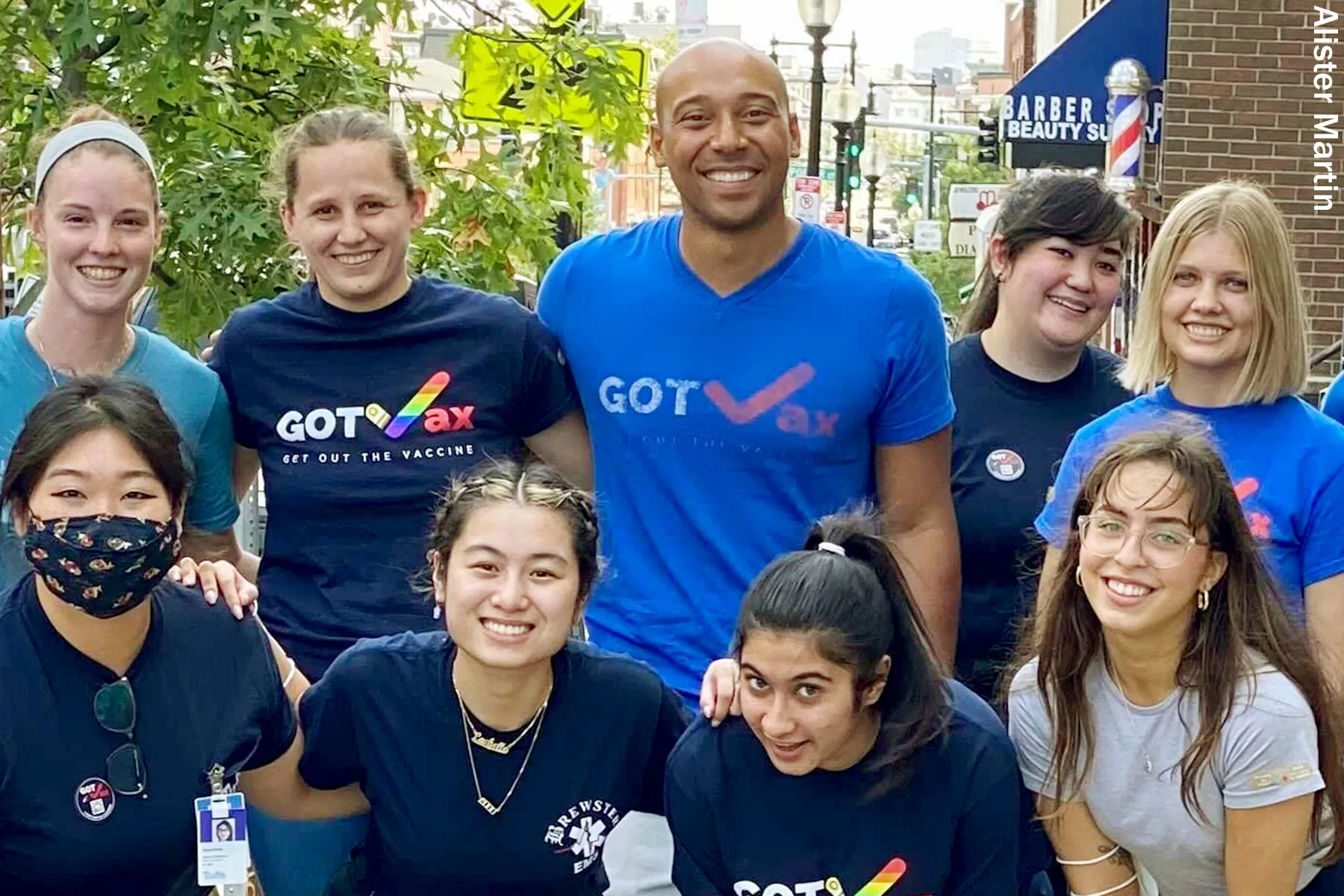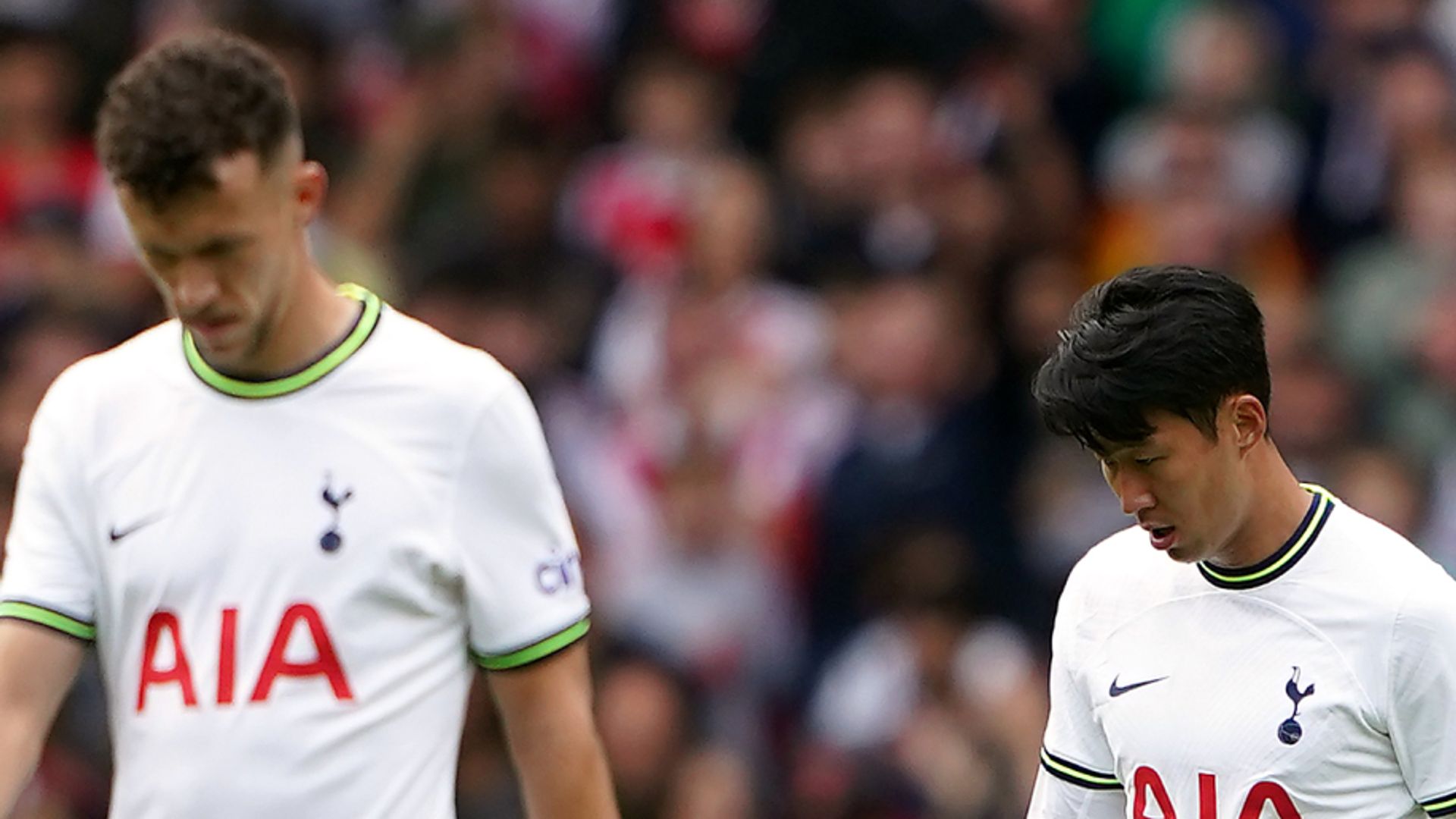Break-out Shots: Three Concepts That Could Change Justice
When reformers and critics start bickering again at your first post-pandemic social event, try mentioning three unconventional ideas introduced recently by thought leaders in criminology that could get the reform conversation moving again.

Pool players take delight in “break-out shots,” shots that disrupt the table and create—just when things seem hopeless—new opportunities for the shooter.
Spend an hour reading the papers or browsing Twitter and you start to feel that the criminal justice reform movement could use a break-out shot.
Criminal justice discourse has become a tug-of-war conducted along an axis. Maximum enforcement and punishment are at one pole; the abolition of both is at the other. This is a zero-sum struggle: everything gained by one camp must be torn away from the other.
Some tragic event occurs—a murder, a police-involved killing, a prison suicide—everyone clustered at the two extremes knows his or her lines, and speaks them. The responses can seem more like a collection of personal branding efforts than a serious response to a disaster.
“Aggressive policing is out of control” draws prompt counter-battery fire: “It’s what the good, silent people in the neighborhoods want.”
“Progressive prosecutors cut mass incarceration,” is met with, “The homicide rate is spiking!”
There’s a kind of fascination in watching this give and take. Certainly the media are fascinated by it. There is also a nagging sense (for me, anyway) of waning momentum, of people settling comfortably into familiar trenches.
Still, when you focus too tightly on stylized exchanges between veteran combatants you can miss developments in the background. Beyond the conventional arguments covered by the media there are people proposing “break-out shots” that have the potential to change the whole picture.
Here are three. They overlap; they could cascade, and they deserve a look. Each, in its own way, argues for a return to the fundamentals that current debates obscure.
Parsimony: Less Can Be More (or Better)
No one dives more deeply toward the foundations than Daryl Atkinson and Jeremy Travis in their essay “The Power of Parsimony”, published by The Square One Project. Atkinson (the Co-Director of Forward Justice) and Travis (the Executive Vice-President for Criminal Justice at Arnold Ventures) issue a brisk reminder that a principle of parsimony lies at the heart of a just social contract: Every use of the power of the state that results in a deprivation of liberty must serve a legitimate social purpose and must be reasonably necessary to achieving that purpose.
In other words, they set out a test that libertarians, liberals and “small government conservatives” will all find difficult to reject. They then provide meticulous applications of that test to the challenges of prison sentences, collateral consequences and solitary confinement. The exercise is productive.
What emerges from these separate applications is a conviction that mobilizing the principal of parsimony offers a bridge to a new—or maybe long-latent—vision of justice that reckons with a history of racial depredations and incorporates principles of proportionality, citizenship, and social justice.
Significantly, it’s a bridge everyone has to cross together if we’re going to cross it at all.
Accounting For Harm From Healers
In “From Public Safety to Public Health: Re-envisioning the Goals and Methods of Policing,” a contribution to the 2021 annual meeting of the Law Enforcement and Public Health association, Jeremiah Goulka, Brandon del Pozo, and Leo Beletsky take on the challenge of providing a concrete foundation on which to build a synthesis of policing and public health perspectives.
Facile versions of this idea often crop up in conventional debate. In those exchanges the combatants usually present the operation as a matter of flipping a switch. But the challenges and advantages of this paradigm shift are rarely worked through with the rigor and clarity that these authors deploy.
Among its other contributions, the article provides a compact table illuminating eight specific, transformative effects of the new lens.
For example, once the goal of lowering violent crime is understood to be one element of a reduction in general morbidity and mortality that is supported by many interventions, from many players, in health, education, and law enforcement, it can be approached by all stakeholders with a common language that will help them to agree on goals, methods, and metrics.
Another change on the table’s list is particularly promising.
Look at criminal justice collateral consequences through a public health lens and they are revealed as “iatrogenic” (from the healer) harms. Their impacts can be explicitly targeted for reduction, while acknowledging the role of police, courts and others as interventionists who have the power to choose to do less harm.
Amputation of an infected toe effectively prevents the infection of the leg. When you limit your concerns to “outputs,” and limit your “outputs” to leg infections, your data following toe amputations may look pretty good.
But amputation’s damaging effects on the patient are real and lasting. Once you begin assessing the iatrogenic harms, antibiotics are clearly a better choice, and prevention is better strategy still.
Probation is better than prison in the same way that medication is better than amputation, but probation inflicts iatrogenic harms of its own. Taking account of them argues for prevention as a first choice.
Centering issues of iatrogenesis in policing, prosecution, and sentencing practice triggers a search of a new range of partners and options. Learning to take pride in avoiding iatrogenesis results in less profligate distribution of arrests, criminal records, and years in prison—fewer amputations, and more prevention and medication.
Safety in “Re-imagining Safety”
A growing cadre of commentators is exploring the proposition that since our project in criminal justice is to “re-imagine public safety,” there’s something to be gained from listening to people who specialize in Safety as a discipline and to others who have mobilized safety concepts in fields such as medicine and aviation.
These writers share an etiologic understanding of the manner of causation of criminal justice failures. For them, a police shooting or a wrongful conviction is not simply the work of a single bad apple; it is an organizational accident or “system crash” with many contributing conditions and influences, not one of which is independently sufficient to “cause” the harm.
Asked “Who is responsible for this?” they would answer “Everyone involved, to one degree or another”, and by “everyone” they would mean people far from the scene, who set the budgets, did the hiring and training, devised the incentives, and framed the legal architecture.
Their focus on the safety literature reminds everyone that safety is the goal, and control is at best only a means to that goal—a means that often proves futile, frequently inflicts iatrogenic harm, and is always temporary and evanescent. The argument over more control or less—or none—becomes a conversation about least harmful means of accomplishing a legitimate social purpose.
The safety approach operationalizes improvement not by “fixing” a “eureka part” component, but by creating a culture of safety: dedicated to continuous learning and fair to its workers and customers. This recognition that the work is continuous removes the burden of designing a perfect policy “fix” because it sees safety as a matter of resilience: of sustained practice, with inevitable modifications and adjustments on the horizon.
Try This At Home
Each of the three initiatives I’ve sketched here stands on its own, and every essay I’ve mentioned repays a careful read—I haven’t done them justice.
But a Venn diagram would show an impressive zone of overlap. A culture fighting against iatrogenesis, for example, will naturally promote parsimony. The principle of parsimony will naturally elevate safety over control.
Besides, parsimony, iatrogenesis, and safety all provide assets for the principled negotiations that can allow for “Getting To Yes” as issues are presented. Each concept constitutes a potential “break-out shot” that can reset the table, and open it up for productive exchanges about shared interests in place of obdurate struggles over calcified positions.
Each sets out a neutral principle of decision that lies off (and above) the well-worn axis between maximum punitiveness and total abolition—some principle to which both sides could assent, and which either side could invoke when stalemates develop.
And they all contribute not by proposing policy or program “fixes” that have to be proven perfect in advance. (And that bring things to a halt while arguments over that proof are hashed out.)
They serve as powerful generators of fundamental questions that everyone wants to answer. Do we need to do this? Is there a less harmful way to accomplish it? Does this action reduce community morbidity and mortality? What system weakness influenced this “bad apple” and might influence the next? How is the legacy of racism manifested (or not) in this event?
Moreover, at least one of these schemes—the system-oriented, safety approach—also offers through its sentinel event review practice, a platform on which these conversations can occur as an embedded cultural routine, with all stakeholders, having their says, all the time. They recognize that no “fix” stays fixed—that all are undermined by environmental pressures, and will need adjustments that will have to be interrogated in their turns.
Of course, I may be wrong about all of this, but readers are in a position to put these speculations to the test.
We’re all doomed to see new criminal justice crises, and we all have friends who have dug in at one extreme or the other. Many of us have friends at both extremes.

James Doyle
When, at your first post-pandemic social event, they start shouting at each other, try to introduce the principle of parsimony. Or the goal of cutting the harms from treatment. Or ask if they agree that the safety we need is everyone’s safety.
See if that helps them entertain the idea of a criminal justice culture where everyone accepts individual responsibility for a safe and just collective outcome.
See if these break-out shots offer us new ways forward.
James M. Doyle is a Boston defense lawyer and author, and a regular columnist for The Crime Report. TCR welcomes readers’ comments.

 Landwebs
Landwebs 

















/cdn.vox-cdn.com/uploads/chorus_asset/file/24430706/elon_musk_twitter_for_you.png)



